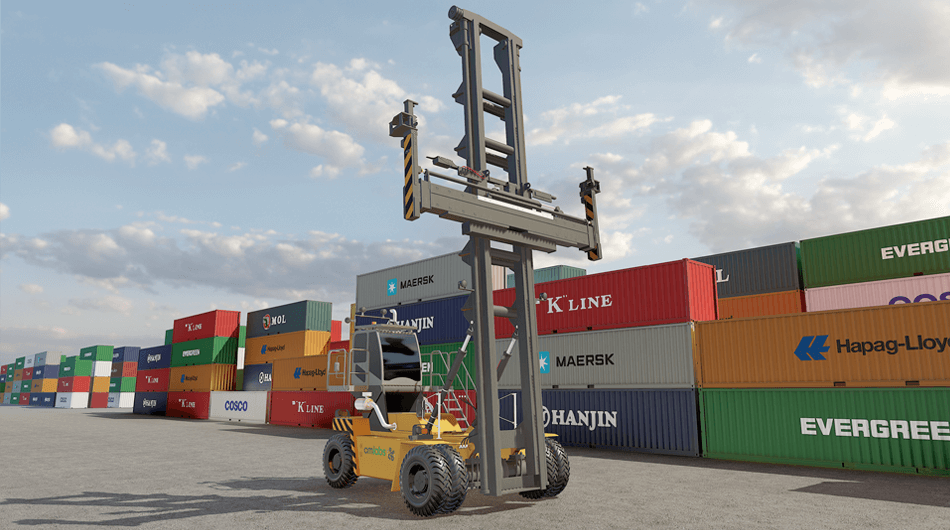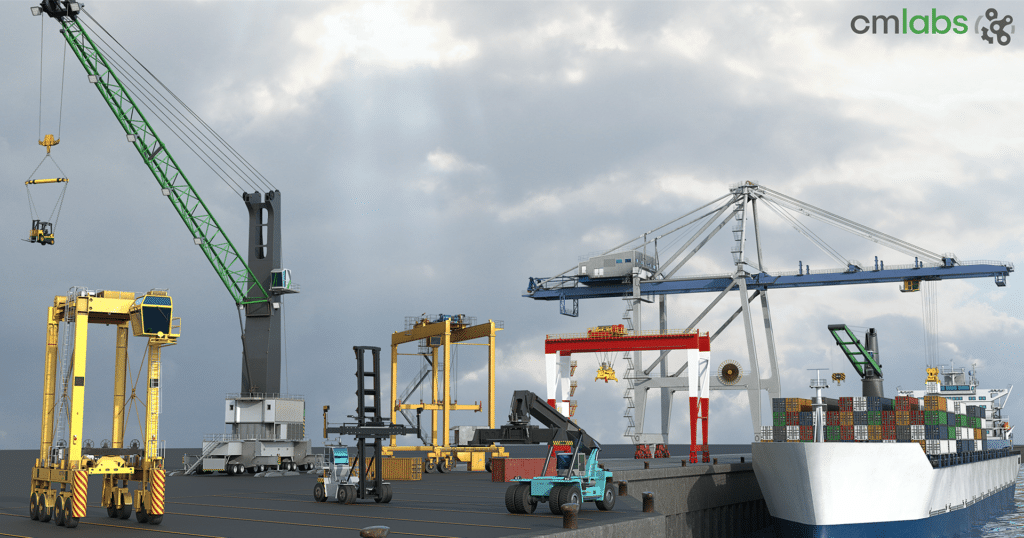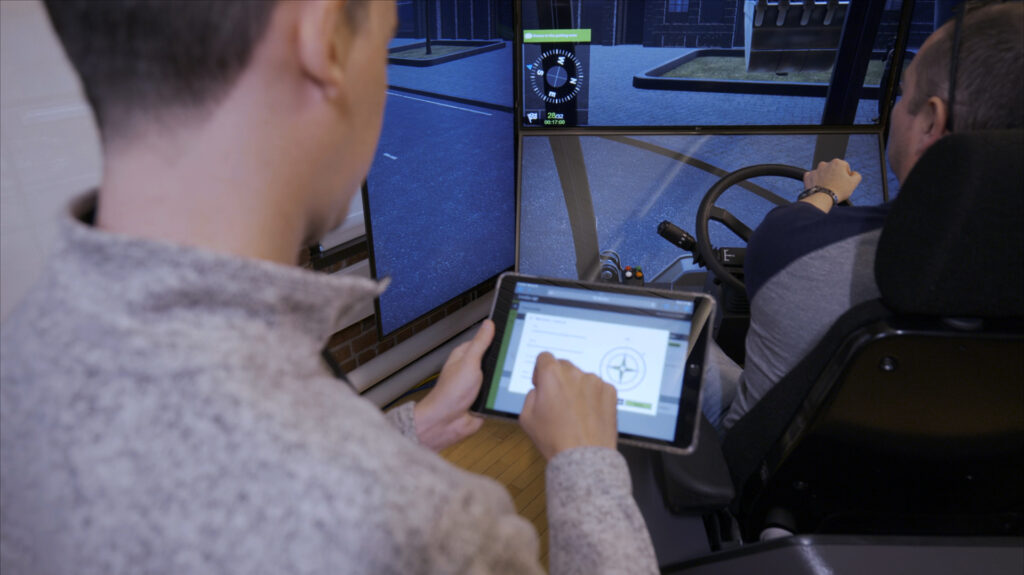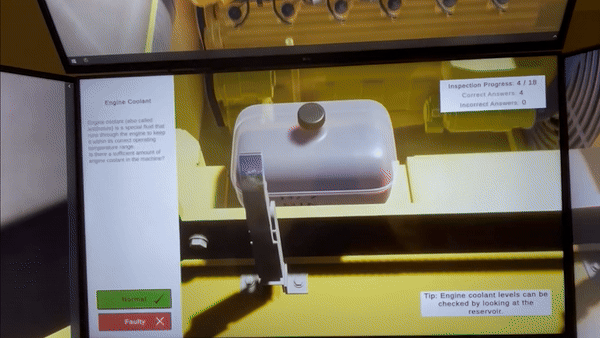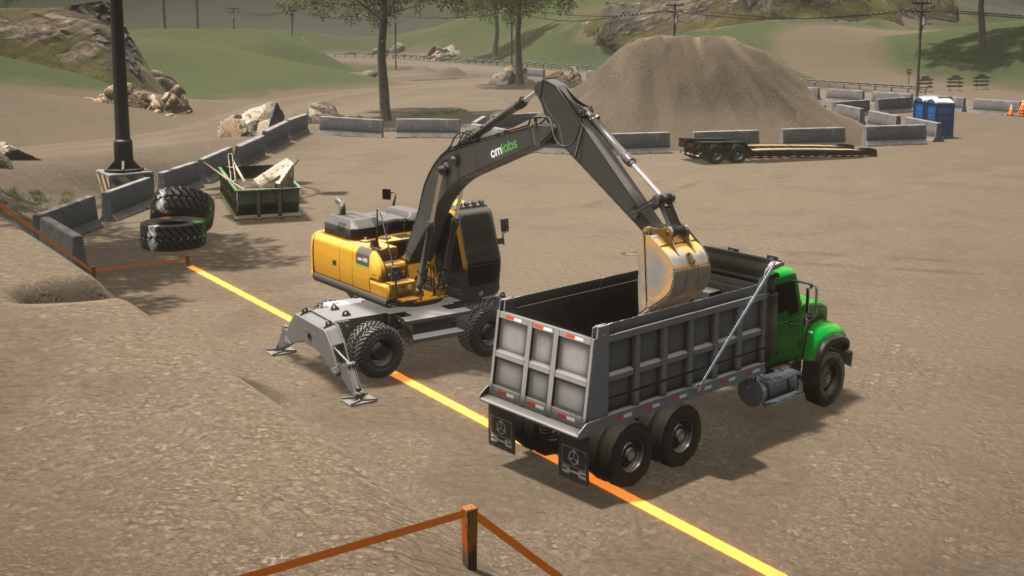Vortex Drives Airbus Defence and Space Robot Simulator for Belgian Army
Success Story Summary
The Organization
The Situation
The Solution
The Belgian Army uses explosive ordnance device (EOD) robots to perform important security tasks such as finding, disarming and removing explosive devices. The robots are tele-operated and feature multi-jointed arms with hand-like manipulators. Since they perform a crucial service they are almost always in use or on call, limiting their availability for training.
As well, because they are expensive, operator mistakes can be costly. To increase training opportunities and safety, and lower operational risks, the Belgian Army decided to implement a fully featured high-fidelity EOD robot simulator. To develop their simulator, they contracted with Airbus Defence and Space – one of the largest aerospace companies in the world – because the group has extensive experience designing and deploying world-class simulators of flight-control systems.
Vortex Saves R&D Costs while Delivering an Advanced Feature Set
Early in the project, Airbus Defence and Space realized that building their own robot simulation solution would have required extensive research and development. As well, it was clear that Airbus Defence and Space needed physics software that would accurately simulate the movement and interactive behaviour of the robot. The solution also needed to be fast since the simulator would be user-controlled.
After initial research, Airbus Defence and Space selected Vortex, a commercial off-the-shelf (COTS) SDK. Vortex not only impressed Airbus Defence and Space, it exceeded their requirement specifications. Airbus Defence and Space chose Vortex because it delivers the expertise, physics toolkit and
capabilities that have put Vortex-powered realism, motion and accurate behaviour at the forefront of the simulation industry. Vortex provides advanced modeling capabilities for physics-based vehicles, machines and robots, and includes libraries for real-time dynamics, collision detection and force reaction. Vortex was ideally suited for developing Airbus Defence and Space’s interactive EOD robot training simulator.
“The product itself and the support from the Vortex team have been outstanding. The team is quick to respond and provides very helpful technical analysis to our questions.”
Olivier Albrecht, Lead Engineer, Airbus Defence and Space
Simulators are crucial for preventing expensive operator errors. Before implementing the simulator, EOD robot training accidents cost the Belgian Army over 1-million euros.
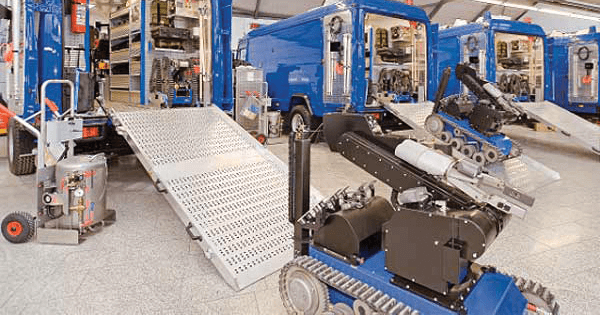
“The best feature of the simulator is the realism. The simulated robot behaves as you expect it to, and the operator can position the arms and manipulators just like an actual one.”
Olivier Albrecht, Lead Engineer, Airbus Defence and Space
Vortex Saves R&D Costs while Delivering an Advanced Feature Set
With Vortex, Airbus Defence and Space recreated the entire range of robot movement, including precise balancing while climbing up or down stairs, accurately positioning the arms joint-by-joint, varying grip-arm sensitivity, and carefully grasping explosives to move them to a safe location.
Oliver Albrecht, Lead Engineer on the project, was extremely impressed, “The best feature of the simulator is the realism. The simulated robot behaves as you expect it to, and the operator can position the arms and manipulators just like an actual one.”
Another major benefit of working with Vortex is that it allowed Airbus Defence and Space to quickly model the robot to move and interact with realistic 3D environments, such as airports, train stations, office buildings and city streets. Vortex’s easy integration into their existing simulation framework saved time and allowed Airbus Defence and Space to focus on other aspects of the simulator design.
From project beginning to end, Vortex provided Airbus Defence and Space with substantial benefits, such as robust physics capabilities, fast performance rates for man-in-the loop simulations, a unique combination of dynamics, collision detection and force reaction, and an object-oriented API for easy integration with their in-house graphics and rendering solutions. And Airbus Defence and Space especially appreciated the Vortex team’s exceptional and timely support services – ensuring success at all phases of the project.
Simulators are crucial for preventing expensive operator errors. Before implementing the simulator, EOD robot training accidents cost the Belgian Army over 1-million euros. Operators can practice tricky operations like opening car doors and trunks, climbing stairs, and avoiding clumsy movements that might trigger an explosive device.
